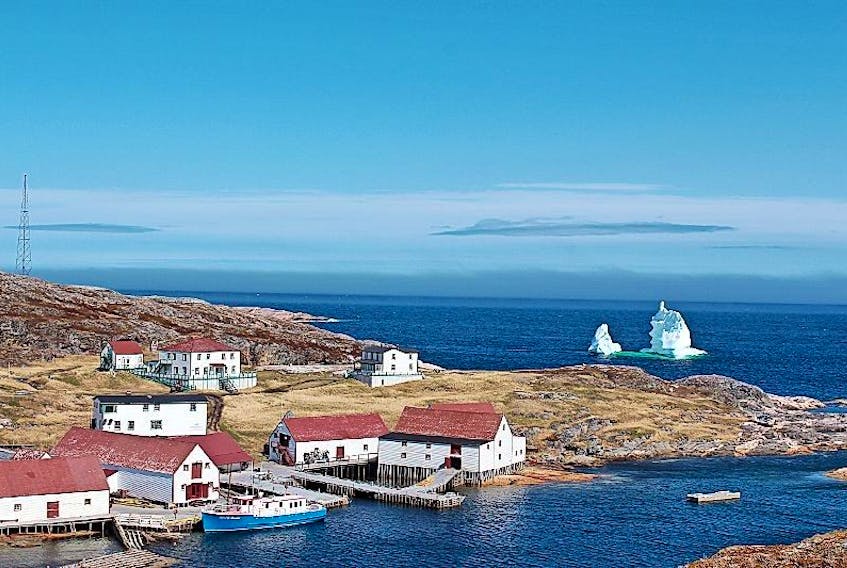BATTLE HARBOUR, NL – When the Battle Harbour Historic Trust (BHHT) was set up in the early 1990s, its intent was to preserve the heritage of the island while economically benefiting people in surrounding communities.
But not everyone in the area believes the Trust is living up to its original mandate.
With $1.5 million from the federal government, corporate donations and individual contributions, the site was restored beginning in 1992 and opened to the public in 1997.
According to Heritage Canada’s original Community Action Process report, “The Battle Harbour Historic Trust realizes that the only way to ensure continuous use and maintenance of the site and the historic properties is to involve the local population in an active and profitable way.”
One local resident has expressed concerns to the Northern Pen that this is not happening, and locals are not benefiting as originally intended.
“Local people don’t have any say any more,” said Jim Jones, who used to operate the ferry service to the island until the boat was grounded. “There’s no local input at all.”
Geoff Goodyear, BHHT chair, disputed that contention, saying half the board members are local area residents who passionately represent local issues.
“I can assure you that every decision the board makes is with local area benefits and long term success in mind,” he said.
One specific complaint is that tourist businesses are owned and operated by the Trust rather than local people. Jones believes this was not what the founders had in mind.
Goodyear confirmed the Trust runs the accommodations, restaurant and gift shop, but noted all employees, except one, are local and the Trust paid out $320,000 in salaries and wages last year.
He also said everything for sale in the gift shop is locally sourced and that last year, the new ferry service was contracted to a local operator.
Another issue, Jones noted, is the high price of the tourist product, meaning local people can’t afford to enjoy their own backyard.
“It’s out of reach for ordinary people,” he said.
Goodyear claims tourist pricing is a direct result of the high cost of operating a quality, remote area adventure tourist location, but said the BHHT understands the local concern.
“The Trust is very sensitive to this issue and has implemented several significant measures to help address [it],” he said.
This includes a substantial local discount on the ferry service, discounted accommodations during the tourist season and an annual fun day to engage area residents.
Jones admits some of the discontent could be alleviated if the Trust was more transparent. He said board meetings are held in Happy Valley-Goose Bay or St. John’s and governance documents are not publicly available, so local people just don’t know what is going on.
“The board should meet in Mary’s Harbour, so people could have their say,” Jones said.
Goodyear said the board has held an information session in Mary’s Harbour in the past and plans to do so again this spring.
“Our intention is to share our audited financial statements and strategic plans during these sessions and as resources permit, to eventually expand the format into an annual general meeting,” he said.
While room for improvement in communications may exist, a 2014 study by Mark C. J. Stoddart, Howard Ramos and David Chafe of Memorial University’s Harris Centre seems to indicate area residents overwhelmingly see the site in a positive light.
“Between 96 and 99 percent of participants either agreed or strongly agreed that the BHHT is a source of community pride, a must-see destination for visitors, tells important stories about the history of the region, accurately reflects the region’s culture, and gives visitors an appreciation for the region’s natural environment,” researchers concluded.
Battle Harbour Historic Trust hasn't lived up to mandate: Jim Jones
Trust chair Geoff Goodyear indicates otherwise

STORY CONTINUES BELOW THESE SALTWIRE VIDEOS
Calling Chard: asparagus and leek risotto with chicken | SaltWire








